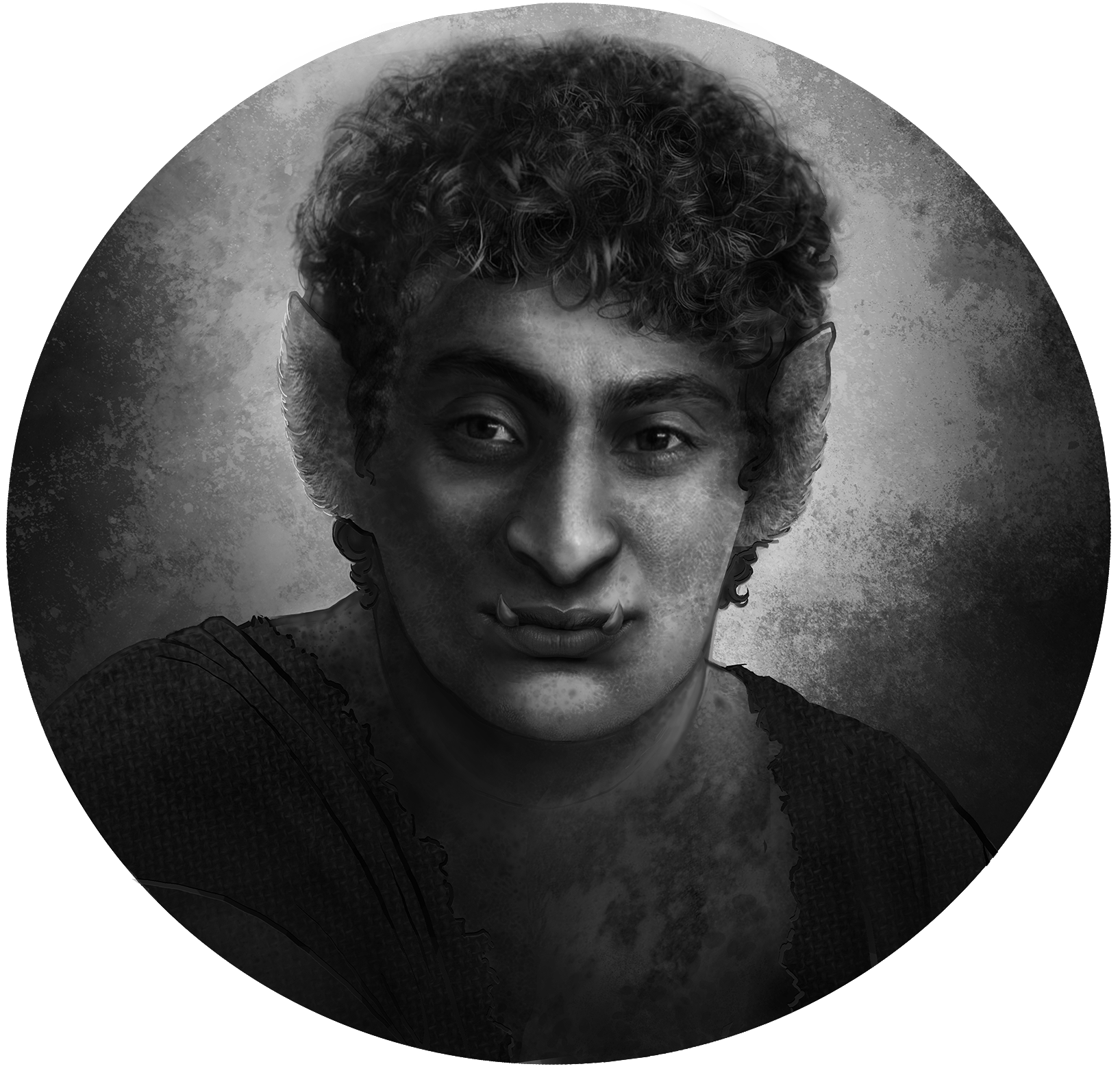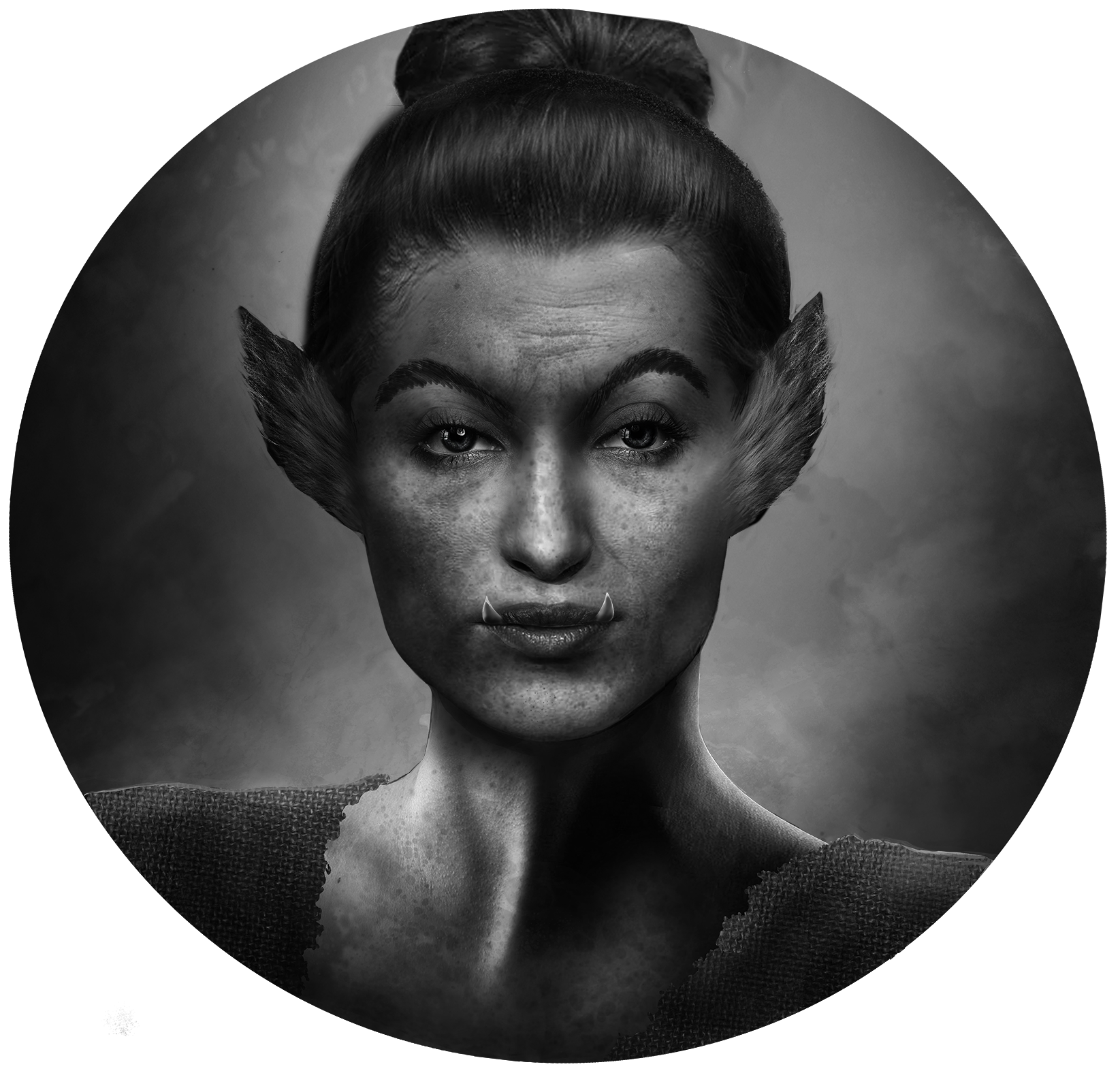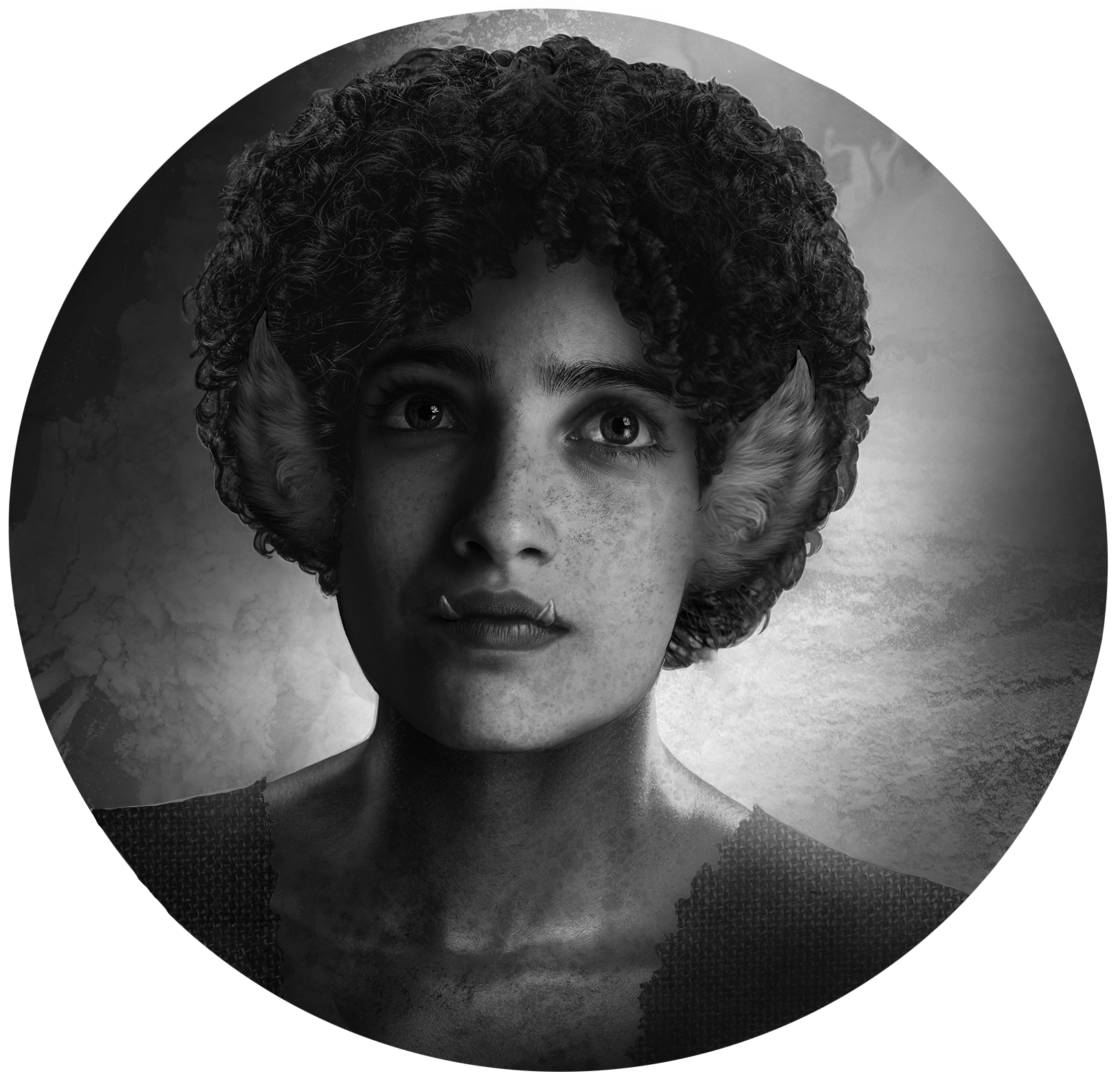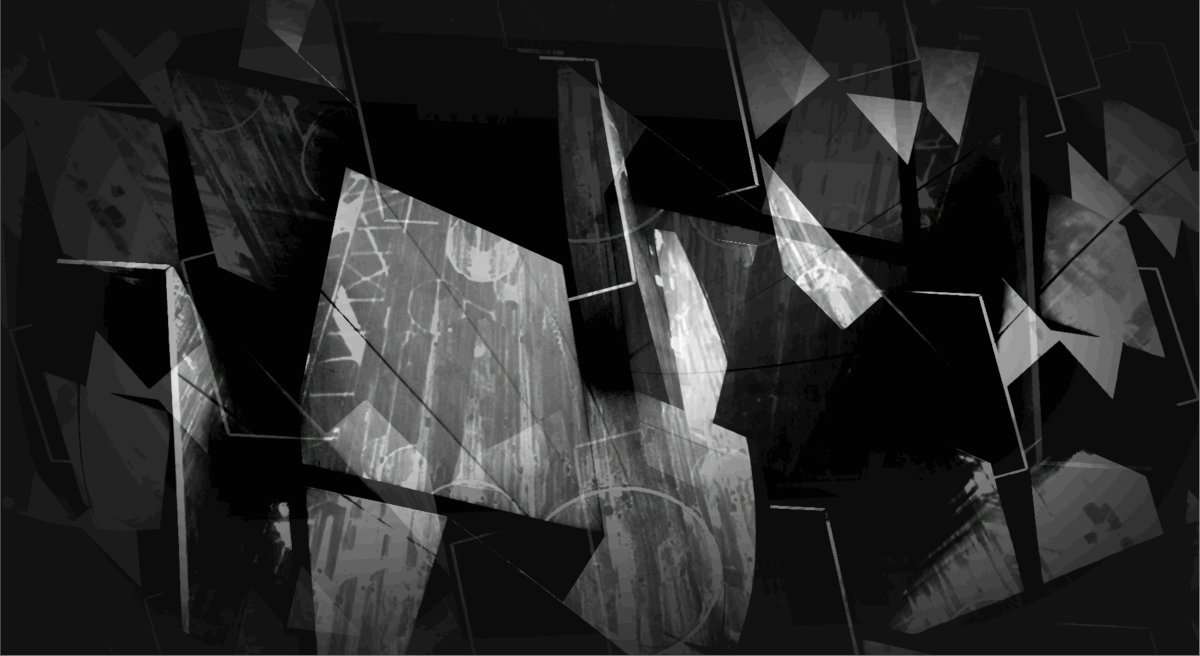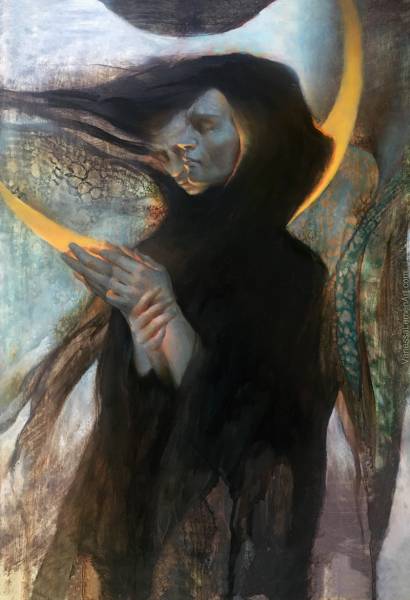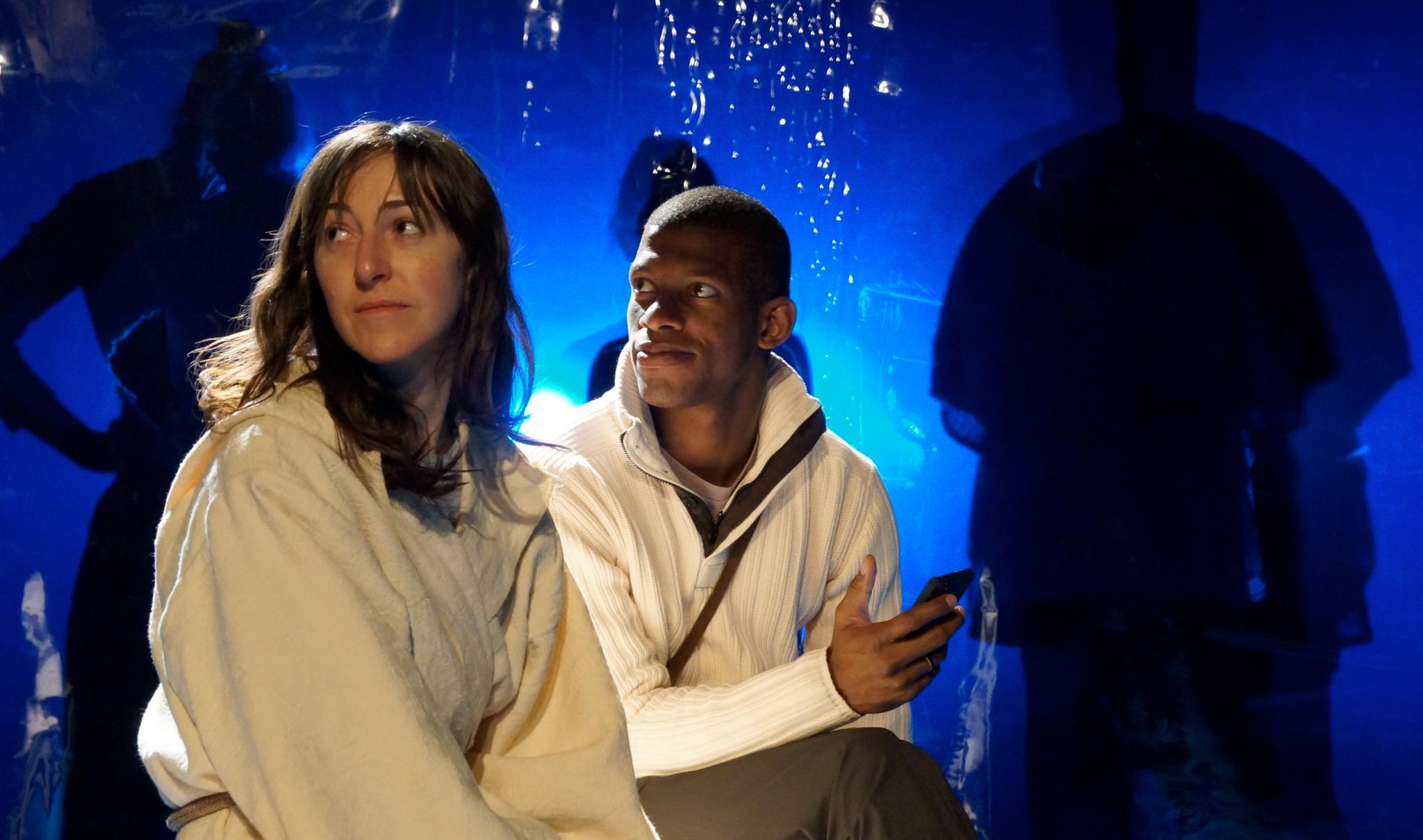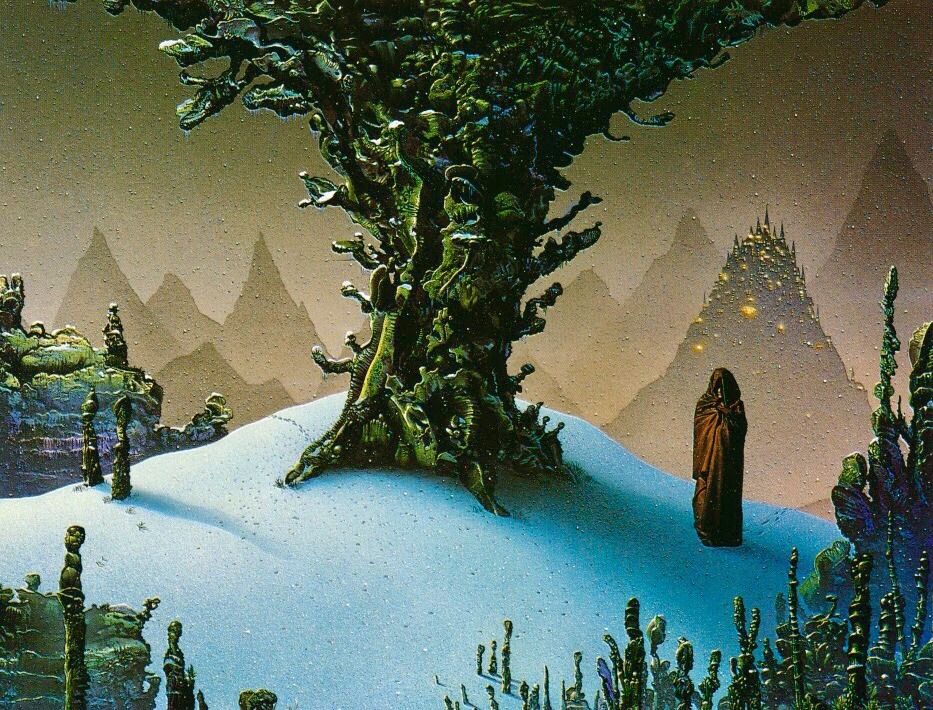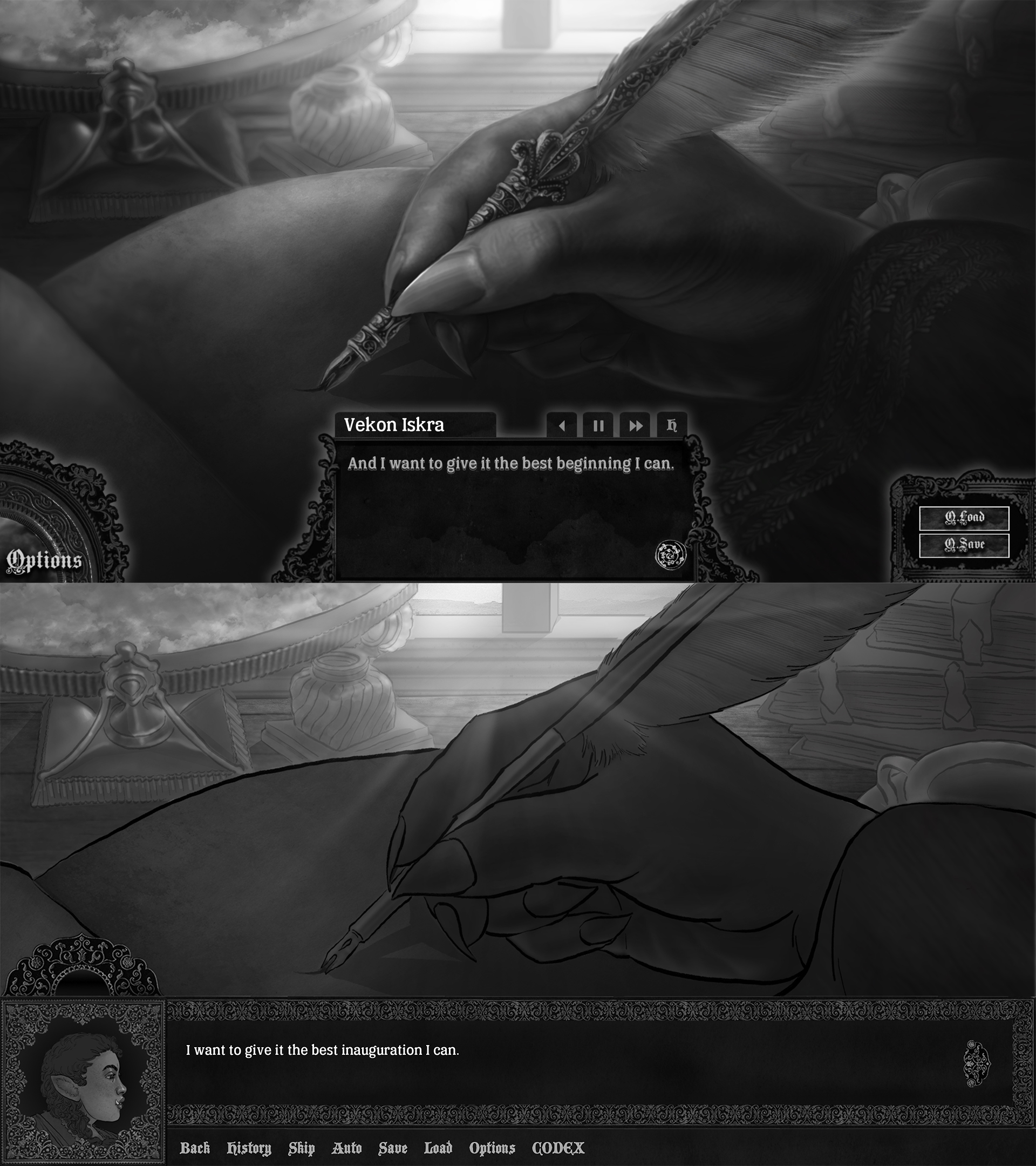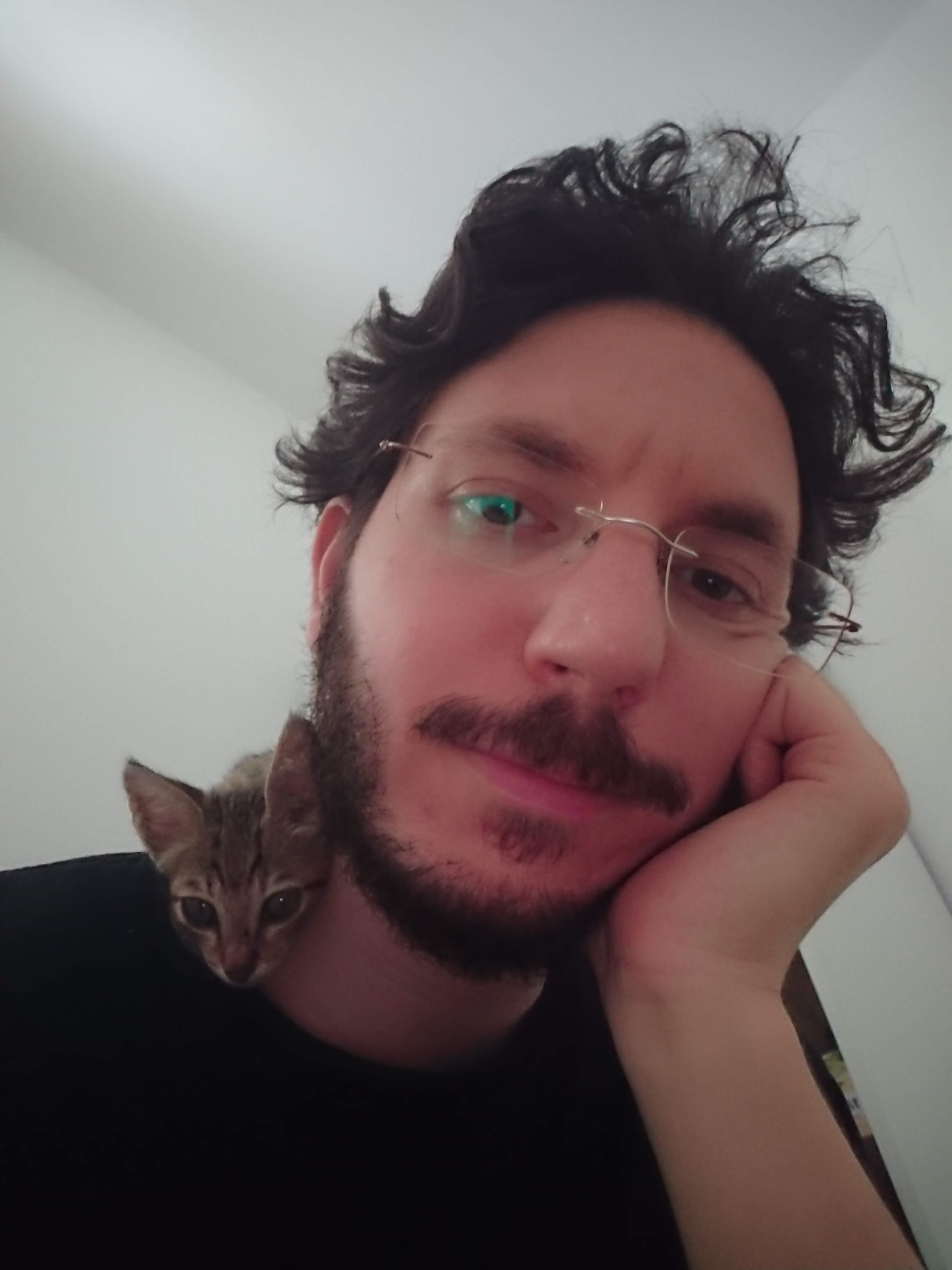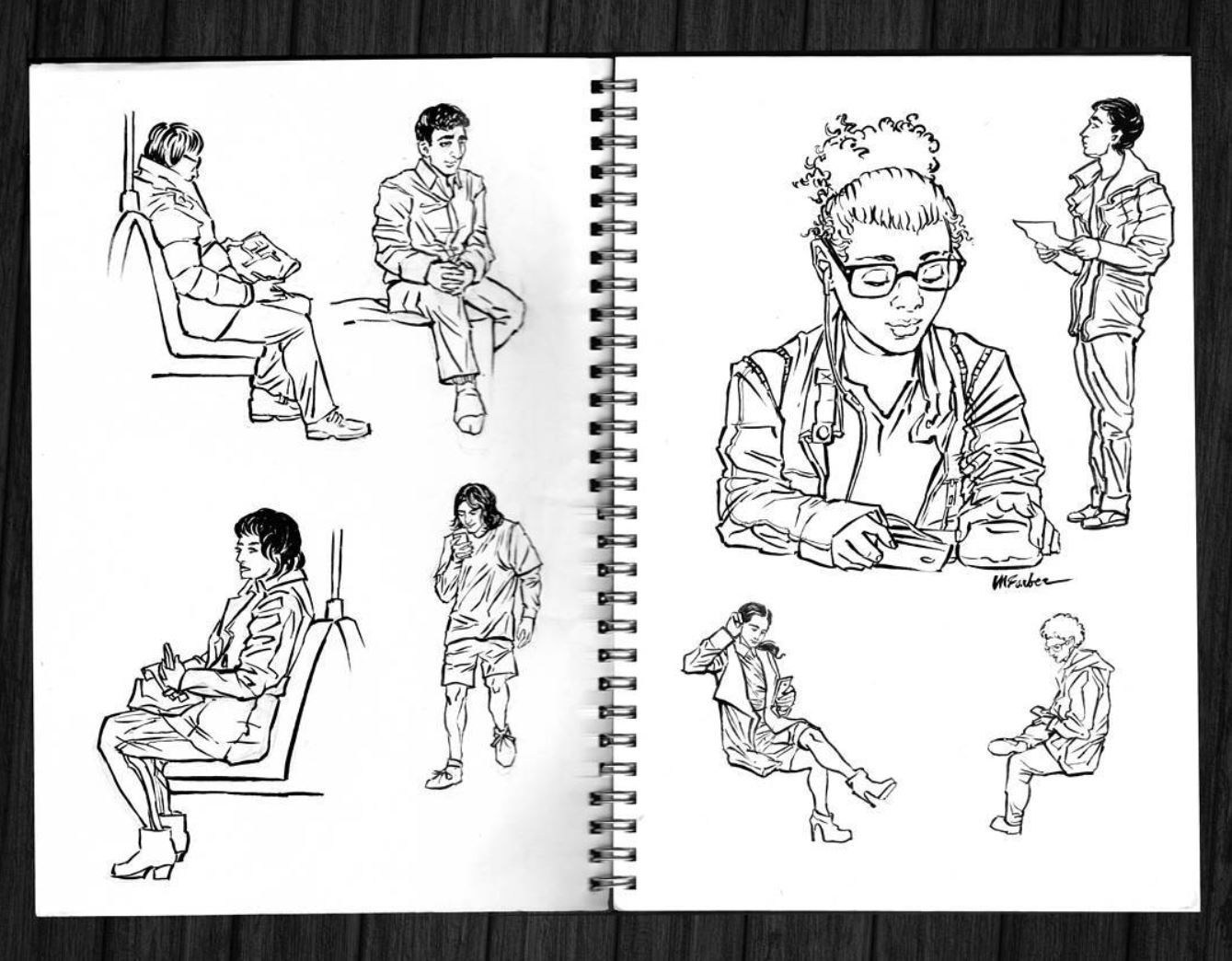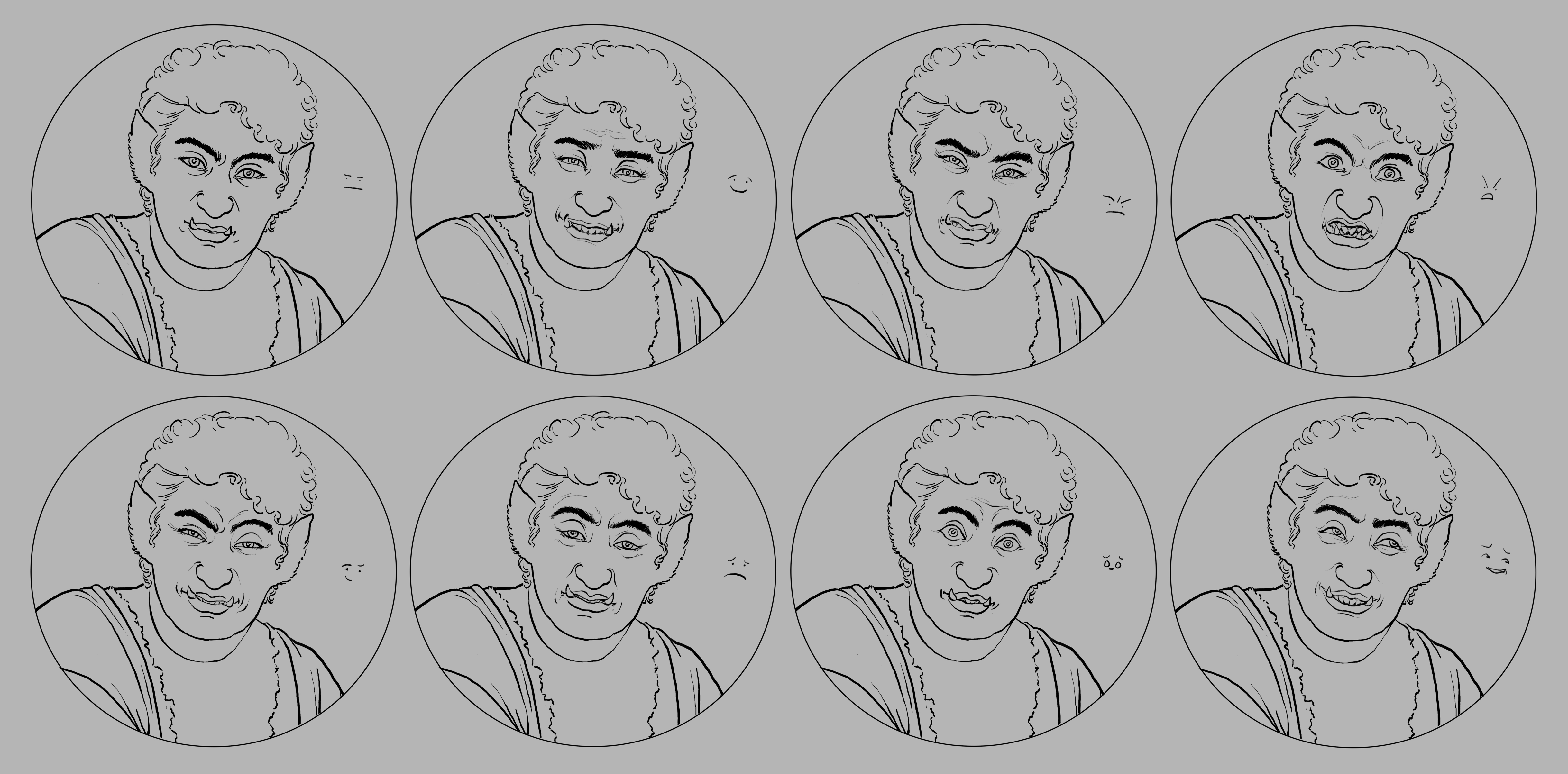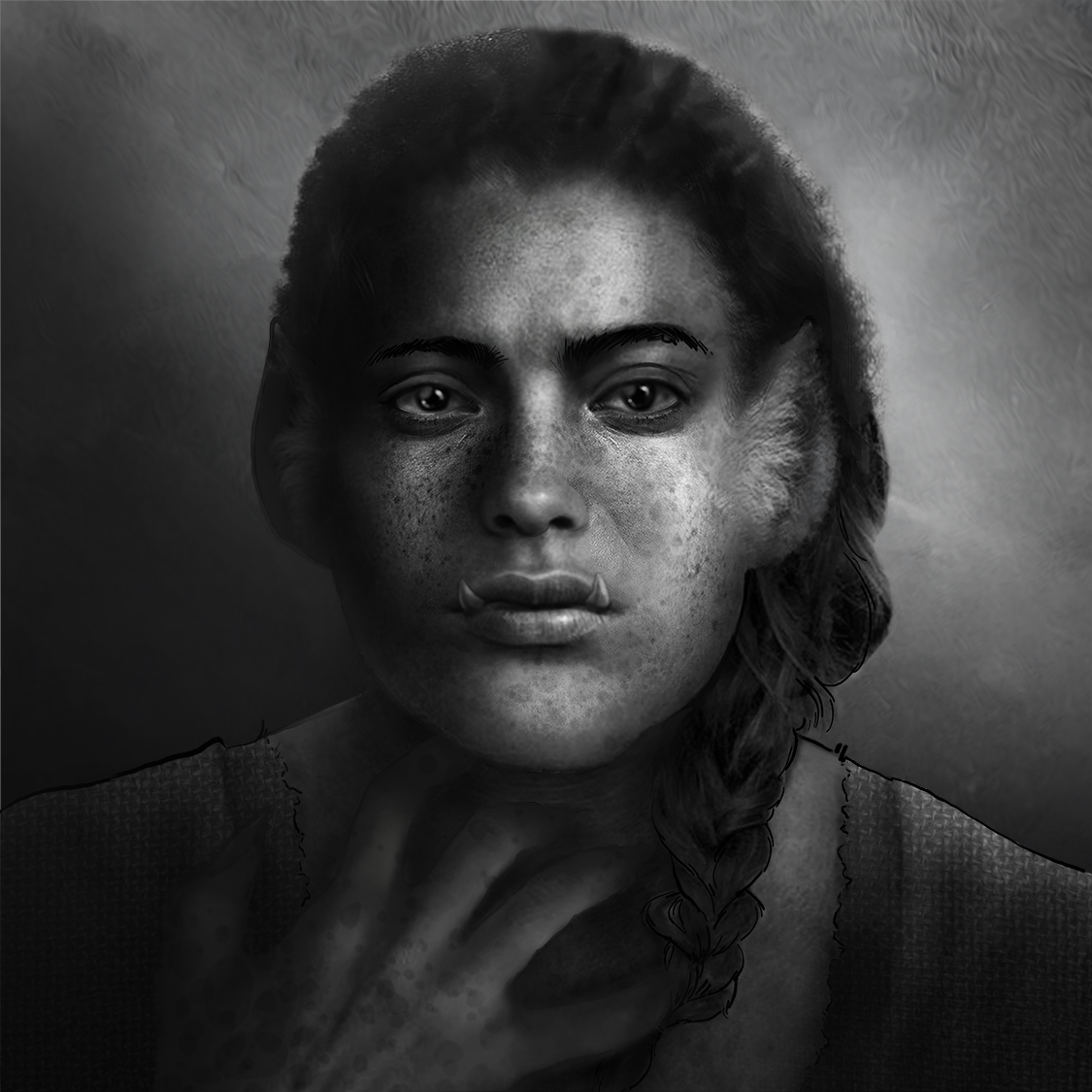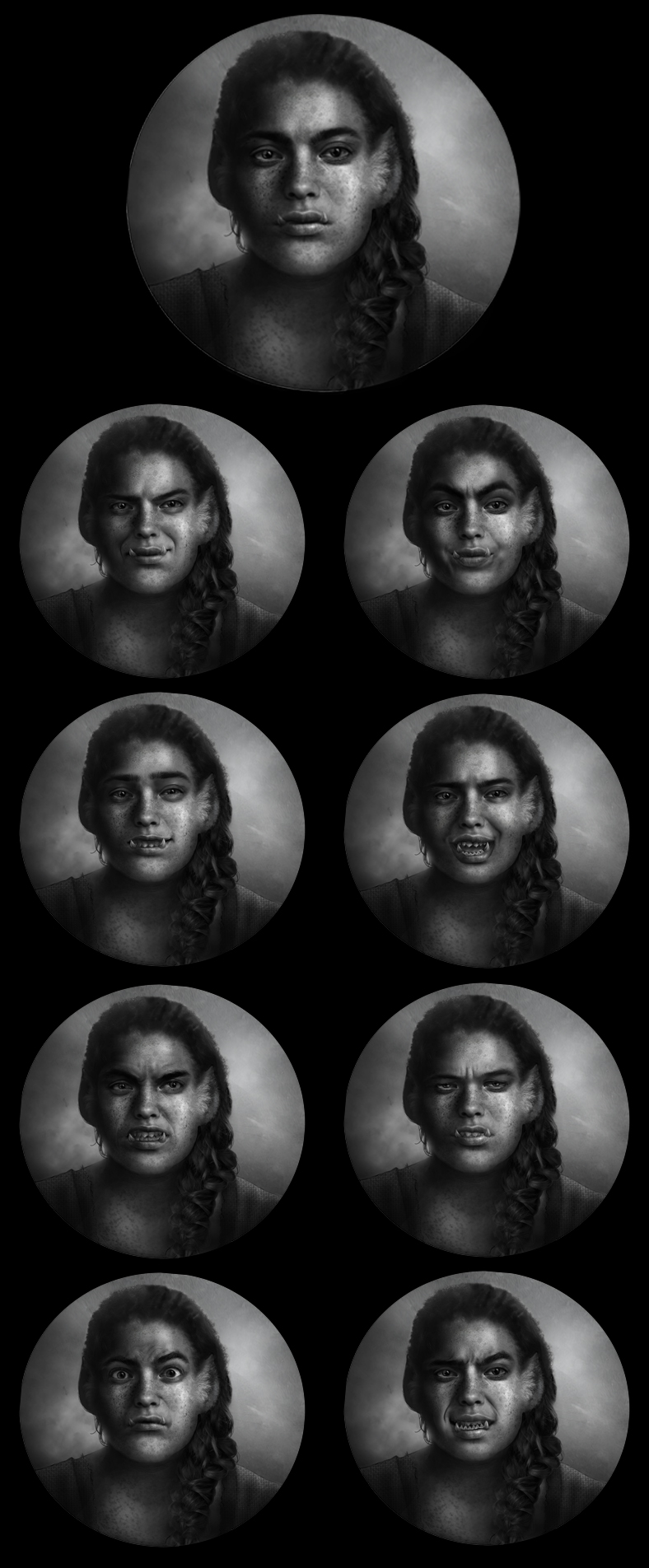It's been a while since our last update, but rest assured, dear reader~ our progress is far from stagnant.
Today I bring you news of a new team member, a major aesthetic overhaul, and the date of our next release!
First off, I'd like to welcome Feardeer, who will be taking over most of our programming:
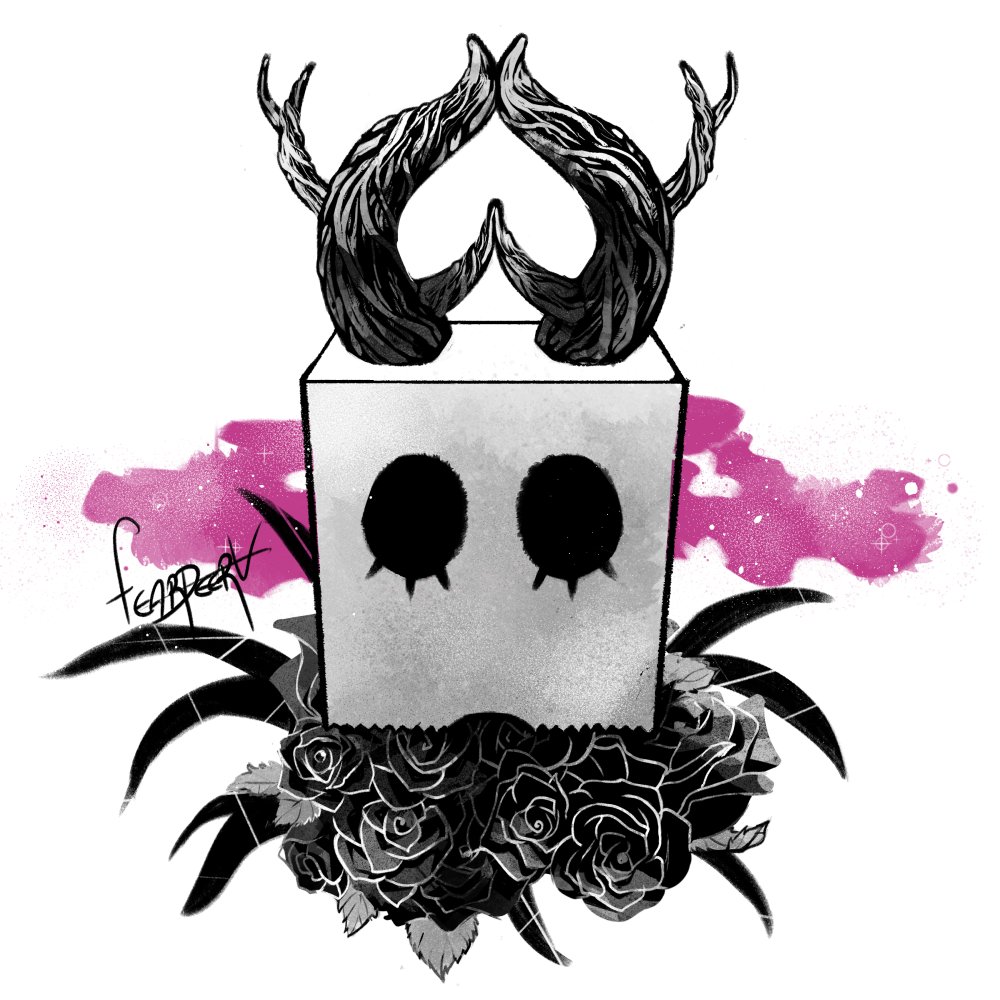
Feardeer is an accomplished illustrator and comic artist in his own right (check out those links!) with a penchant for all things spooky and surreal. From Twine to Unity, and everything in between, he's worked the gamut of game engines and programming languages, and is excited to finally be digging into ren'py. He's also open for commissions (check out the full details here), for those who dare to take the plunge. You can follow them on Twitter or even here on Itch.io for news about their most recent projects.
The arrival of our new team member also frees up yours truly to focus more on the writing and art side of things, which means some major changes for the look and feel of Inverted Spire!
Here's a sneak preview of what our updated character portraits and GUI will look like in action:

And a spoiler-free glimpse of the new Journal menu, which holds many delicious secrets:

Much of the existing backgrounds, CGs and character art that you can see in our downloadable prototype will be getting a makeover to match. You'll also be hearing new music written by our now-familiar composer, Charlie Sackett.
With progress well on its way, we're looking to release the complete first chapter (and maybe chapter two, if you're lucky ~<3) by October 30th, just in time for every horror lover's favorite holiday. That's over ten times the length of content in the available prototype, just in the first chapter alone (not counting codex entries and additional lore) split among a multitude of significant choices and branching paths.
From now until our next release date, we'll be updating you with our progress roughly every two weeks.
You can look forward to our next dev log on July 31st. We'll be showing off some new character expressions, and talking about trust meters (aka. how character relationships in The Inverted Spire are structured differently than you might expect, and why that's a cool thing).
See you then!
P.S. We continue to welcome your comments and feedback as the game progresses. That includes anything you might have to say about our dev logs, or the upcoming changes. Looking forward to hearing from you all <3





